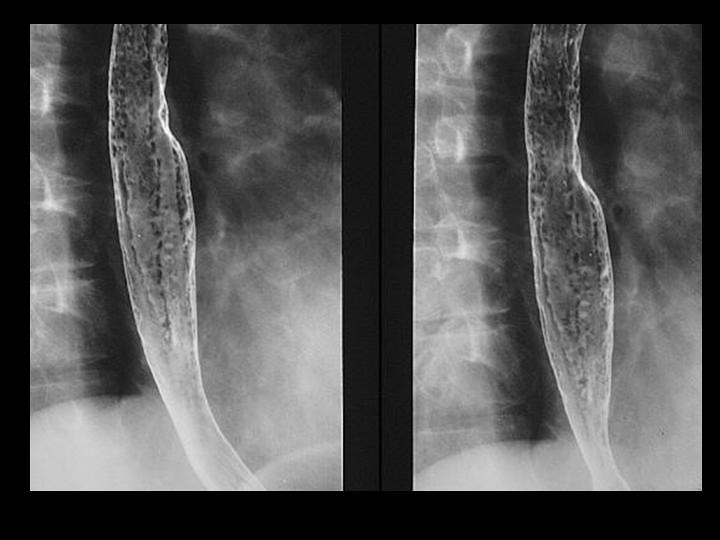Discomfort, such as difficulty swallowing or persistent heartburn, can signal deeper health concerns. Understanding the diagnostic tools available is a key step toward relief. One highly effective procedure is an EGD, which is often used to identify and address issues in the esophagus. Here is what you need to know about EGD, from preparation to its role in maintaining your health:
What is EGD Treatment?
EGD is a procedure that allows doctors to look inside the upper part of your digestive system, including the esophagus, stomach, and the beginning of the small intestine. A flexible tube with a light and tiny camera helps give a clear view of these areas. Doctors use this procedure mainly to find or check conditions like acid reflux, ulcers, esophagitis, or unexplained chest pain. Because it provides a real-time view and can also collect tissue samples or perform minor treatments, EGD is a helpful tool for managing gastrointestinal health.
How Do I Prepare?
Preparing for this procedure involves a few straightforward and helpful steps to get accurate results. Take the following steps:
- Discuss medications with your doctor: Some medications may interfere with the procedure. Your doctor may recommend adjustments for blood thinners or diabetes medications.
- Fasting the night before: To get a clear view during the EGD, patients are generally asked to avoid food and drinks for 6–8 hours prior.
- Arranging transportation: Since sedatives are often used during the procedure, patients are advised to have someone available to drive them home afterward.
Simple preparation will make the procedure smoother and help your doctor gain the clearest picture of your esophagus.
What Happens During EGD?
The EGD procedure typically takes 15–30 minutes and is performed in a comfortable outpatient setting. You’ll be given a sedative to help you relax or sleep during the procedure. The endoscope is gently guided through your mouth and down the esophagus. It is typically painless, thanks to sedation and the device’s flexibility. The doctor examines the esophagus, stomach, and duodenum on a screen. If needed, biopsies or minor treatments are performed. The entire process is closely monitored to prioritize comfort and safety for every patient.
What Comes After EGD?
Recovery after an EGD is usually quick and straightforward for most patients. Once the sedative wears off, you may feel little to no discomfort. Some people may experience a mild sore throat, but it typically resolves by the next day. Many patients can resume their normal activities within 24 hours.
It’s best to avoid heavy meals and alcohol until you have fully recovered. If biopsies were taken during the procedure, it may take a few days to receive the results. Your doctor will review these results with you and discuss any necessary follow-up steps. Proper aftercare helps you get the maximum benefit from the procedure.
What Are the Benefits?
EGD is highly effective in diagnosing and sometimes treating esophageal concerns. Key benefits include the ability to identify conditions like esophagitis, GERD, ulcers, or even early-stage cancers. Additionally, EGD can provide immediate relief in some cases, such as removing blockages or stopping bleeding. EGD not only helps identify the root of esophageal symptoms but also enables early intervention, improving long-term outcomes.
Schedule a Consultation for an EGD
When it comes to diagnosing and treating esophageal issues, EGD provides clarity and answers. Reaching out to a healthcare professional is important if you experience persistent symptoms such as difficulty swallowing, frequent heartburn, unexplained weight loss, or vomiting blood. These may signal underlying concerns that an EGD could accurately assess. Schedule an appointment today to determine what and EGD can do for you.

